Starlink, the satellite internet service provided by SpaceX, has officially launched in Zimbabwe, making it a significant step in revolutionising internet connectivity in the country. For many Zimbabweans, this brings a promising alternative to the traditional broadband services with improved speed and reliability, especially in areas with limited internet infrastructure.
- What is the Starlink Mini
- How To Get The Starlink Mini In Zimbabwe
- Starlink Mini Kit
- The Starlink Mini Service Plan
- Comparing Mini Service to Other Starlink Plans
- Upgrading and Roaming Options
- Activation and Availability
- Why Starlink Mini Matters in Zimbabwe
- Who Is The Starlink Mini For?
With the launch Starlink have brought not only the Standard device popularly referred to as the ‘Gen 3’ but also the much talked about ‘Starlink Mini’, one of the most appealing offers which is designed to provide an affordable and efficient way for families and individuals to access the internet.
Zimbabwe becomes one of only a few countries in the world and just the third country in Africa to offer the Mini, behind Rwanda and Madagascar and with the way Zimbabweans were reselling Starlink kits, I’m of the mindset that these ‘resellers’ will be ‘exporting’ the Starlink Mini to regional markets where the Mini is not yet launched at a premium!
Many people have been getting in touch with me asking about what this Starlink Mini is and also whether they should get the Standard kit or the Mini. A few have also enquired about what the difference between the two is. Here’s my attempt at answering that and giving you everything you need to know about Starlink Mini in Zimbabwe.
What is the Starlink Mini
First off, the Mini is a reduced in size device that has been built predominantly for the purpose of travel, though it can be used at a fixed location. In Zimbabwe’s case the Mini comes as a Residential option, meaning it is for use at a fixed location.
The Mini differs not only in size (and subsequently weight) but also opposed to the Standard kits (both Gen 2 and Gen 3) the Mini is compact and has its router inside it, with no external components needed for it to function. There is no cable that runs from the antenna/dish to the router, as the router is inside the ‘antenna’.
How To Get The Starlink Mini In Zimbabwe
The Starlink Mini is available as an option of hardware to purchase on the Starlink website, and while it is still early days, we are unaware whether AUthorised Resellers who are allowed to sell Starlink kits will stock and resell this type of hardware.
It currently retails for US$200, with an additional $23 as a delivery fee (if buying through the website) and the monthly subscription that they offer is the $30/month Mini Plan. Unfortunately the Mini Plan is only subscribable to the Mini kit. However, Starlink have provisioned the ‘Residential Lite’ (article to follow) that offers similar service as the Mini Plan, and at the same price of $30/month.
When you visit the Starlink website and go through the order process the Mini should be an option. If it is greyed out then this is due to there being congestion in your area and right now Starlink will not supply the hardware in a congested area.
One work around for this however is to order the Mini to an area that is not congested. Just try any location outside the core residential cities. Have it delivered there, then do one of either two things; (i) change the service address of the kit (Starlink will only allow this if there’s now space in your area and it’s not congested), (ii) you get on to another plan that is not the Mini Plan (I’ll explain this in a bit).
Starlink Mini Kit
The Starlink Mini kit includes essential equipment such as
- Antenna/Dish with in-built router. There is no separate router as it is fitted inside the antenna/dish.
- A ‘kickstand’ – this is to raise the device so that it is not completely flat when pointing to the sky.
- Pipe adapter – in anticipation that you’ll put your device elevated in the air, and mount it to a pipe Starlink supplies a pipe adapter that allows such configurations to be possible.
- Power Supply – Our houses are supplied with 220v AC from Zesa, this will not allow your Mini to be powered directly. The Power supply takes that 220v AC and converts it to 15v DC which will then be able to power the Mini.
- 15m DC Power Cable – Power needs to move from the power supply to the antenna and this is done through a 15m cable. For the techies, note that this is not a POE cable, but just a power cable.
- Starlink Plug – still hazy for me, I’ve read and watched a few videos and until I can get my hands on a unit, I’m not too sure what this is for. I’m thinking it is so as to close the RJ45 port and stop dirt or debris getting in.
This equipment enables users to connect to the Starlink satellite network and enjoy high-speed internet directly from a fixed, land-based location.
The Starlink Mini Service Plan
The Starlink Mini Service Plan is tailored for personal, family, or household use at an affordable price point. Priced at just US$30 per month, it is one of the most affordable Starlink plans, making it accessible to a wider population in Zimbabwe.
Here are some key features of the Starlink Mini Service Plan:
- Speed Range: The plan offers speeds ranging between 50 to 100 Mbps, which is lower than the standard Starlink plan (which offers 150 to 250 Mbps). However, these speeds are still fast enough for general browsing, video streaming, and social media use, still way faster than what Econet SmartBiz gives on their $45/month package.
- Unlimited Deprioritised Data: Users receive unlimited data each month, but the data is deprioritized compared to other service plans, meaning speeds may fluctuate depending on network congestion.
- No Contracts: The plan does not lock users into any long-term contracts, giving them flexibility to cancel or upgrade services as needed.
- Land-Based Use Only: The Mini service is only available for use at a fixed location, and users are not allowed to use it while in motion or on “oceanic vessels” – boats, ferries, ships, canoes in our cash, basically you can’t use it on water.
Comparing Mini Service to Other Starlink Plans
If there are many people in your area on other plans, then you will be “last of que”.
The order of priority for Starlink services are as follows:
- Priority – Fixed (“Best service”)
- Priority – Mobile
- Standard – Fixed
- Standard – Mobile
- Mini Plan / Residential Lite (“Worst service”)
What this means is that in an area where there is congestion, Starlink will offer priority service in the above order.
While the Starlink Mini plan is a more affordable option, it comes with certain limitations compared to the Standard Starlink service. The Standard plan offers higher speeds (150 – 250 Mbps) and is more suited for users with heavy internet needs such as online gaming or HD video streaming.
Additionally, the Mini Service Plan does not support the Pause Service feature, meaning users cannot temporarily halt their service if they don’t need it for some time. Users of this plan also cannot opt-in to purchase Priority or Mobile Priority Data, which are premium data services available on other Starlink plans.
Upgrading and Roaming Options
One key feature of the Starlink Mini is the ability to upgrade your service plan, but only after your service has been activated. While the Mini Service plan does not support upgrades to higher tiers like Mobile Global, users can upgrade to the Mobile Regional service plan (referred to as the Standard Mobile above). This allows for roaming within the continent, which could be an appealing option for those who travel within Africa but need reliable internet access.
This package will also allow someone to use it anywhere else in Zimbabwe, on the go.
Activation and Availability
One important thing to note is that you must initially activate the Starlink Mini Kit in the country where it was purchased. In this case, if you buy the kit in Zimbabwe, you’ll need to activate it there before you can explore any additional options like service upgrades.
Starlink Mini is not yet available worldwide but has been rolled out in a few select countries, including Colombia, El Salvador, Guatemala, Madagascar, Panama, Rwanda, and now Zimbabwe.
Why Starlink Mini Matters in Zimbabwe
The introduction of Starlink Mini in Zimbabwe is poised to significantly improve internet access in areas with little to no existing infrastructure. With traditional ISPs often struggling to reach rural regions due to high costs and logistical challenges, satellite-based internet offers a groundbreaking alternative. Starlink can deliver high-speed internet across the country, including in remote areas where other services are unavailable.
This is also a huge opportunity for businesses, educational institutions, and families who have been struggling with slow and unreliable connections. The relatively affordable pricing for both the hardware and monthly subscription further enhances its appeal.
Who Is The Starlink Mini For?
Based on the above that I’ve written, and how the internet packages are structured, I’d say that the Starlink Mini is most likely for those who are in rural areas and/or residential areas that are not congested.
For the rural side of things, that’s not too difficult to determine, however, in a residential area you’d either have to go door to door asking who all has a kit, or risk it and buy, then throw the dice and see what pops up.
If Starlink doesn’t give you the Mini as an option when trying to purchase, this is because the area of service where you want to use it is congested. So if you use workarounds like what I mentioned above of buying in a different area (a different suburb or city) where it’s available, if you do not upgrade the package, then do expect less than usual speeds (again, still faster than what other local ISPs offer).
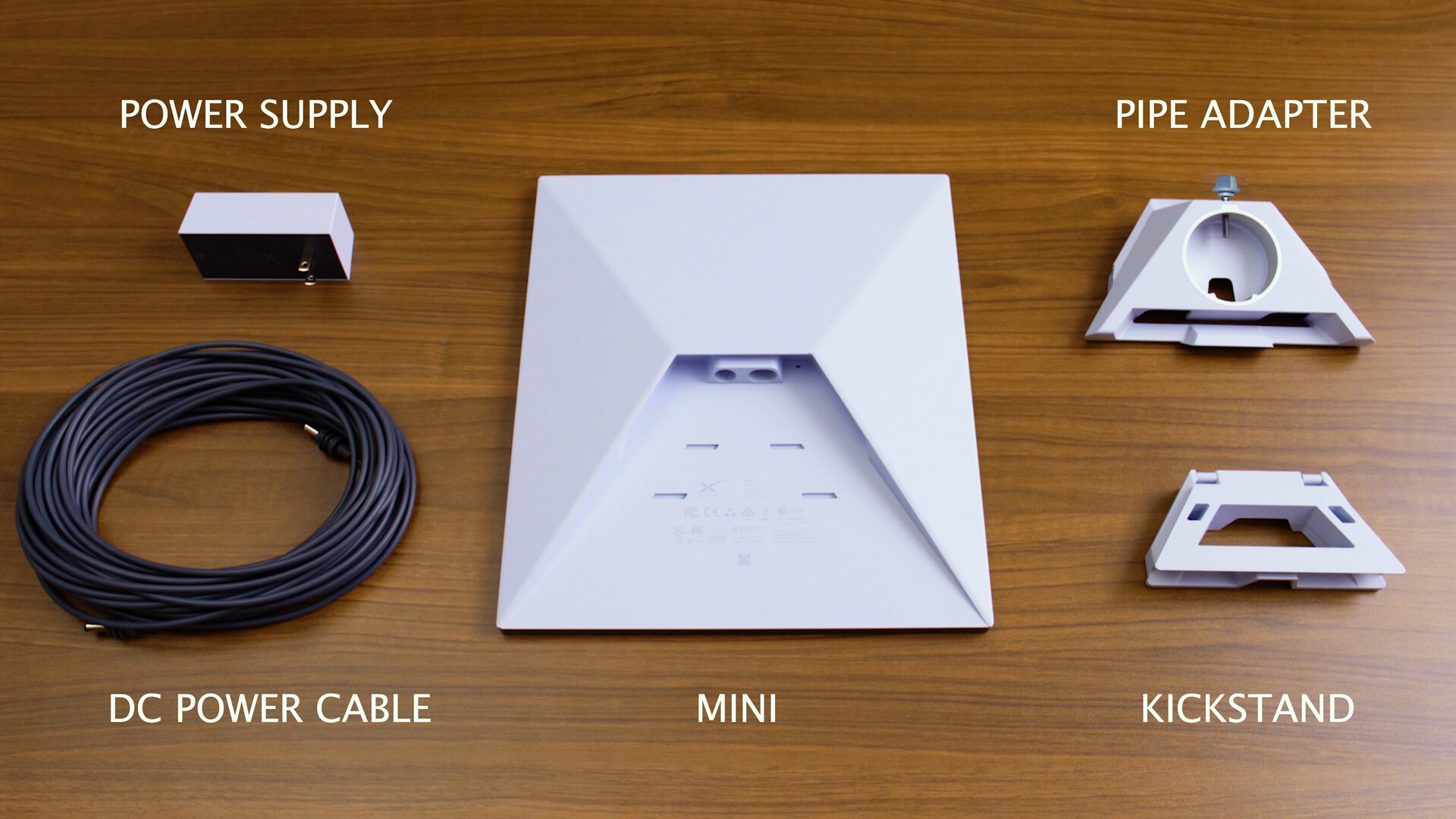


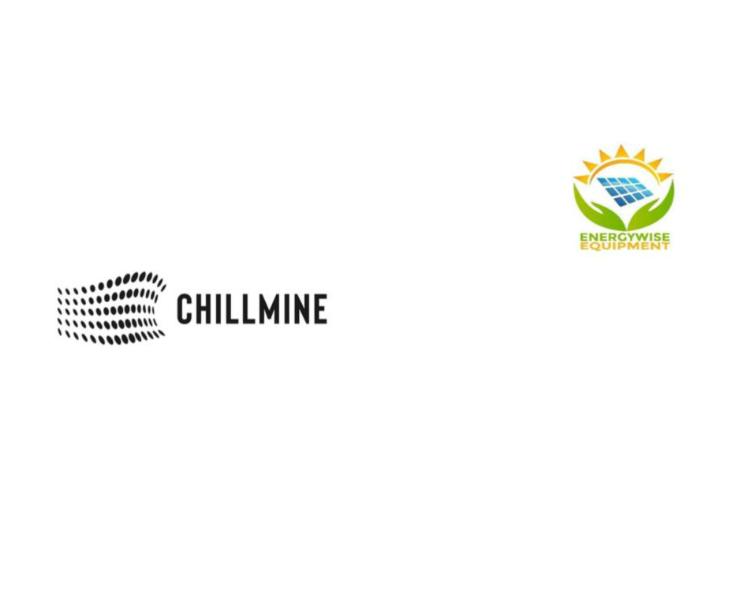




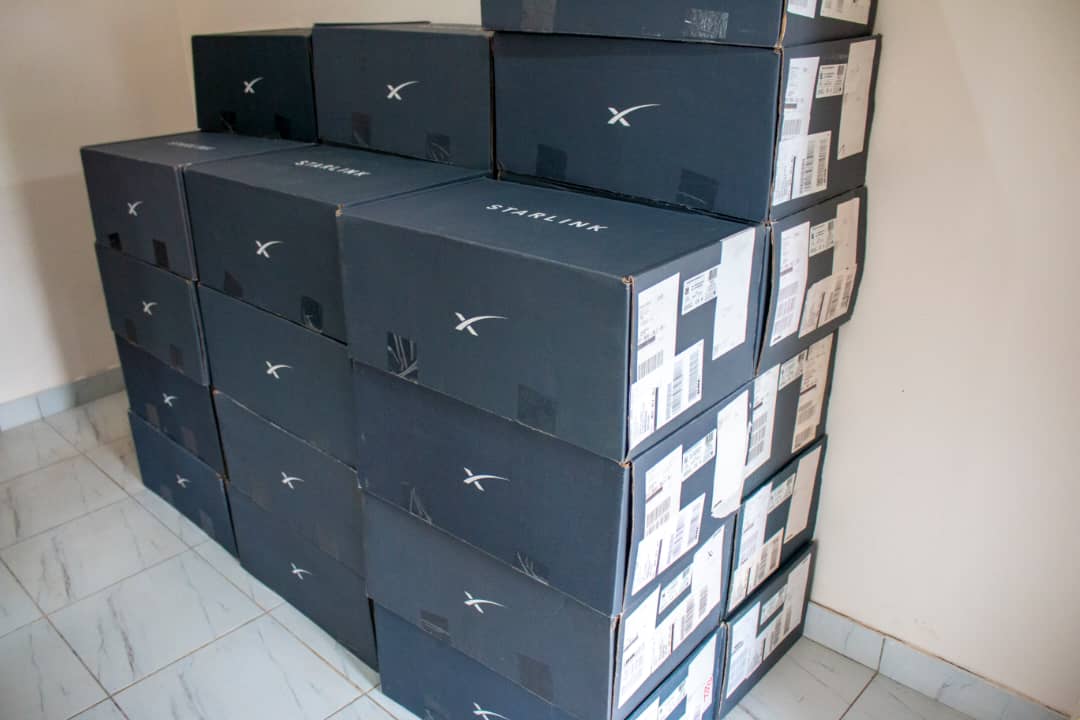
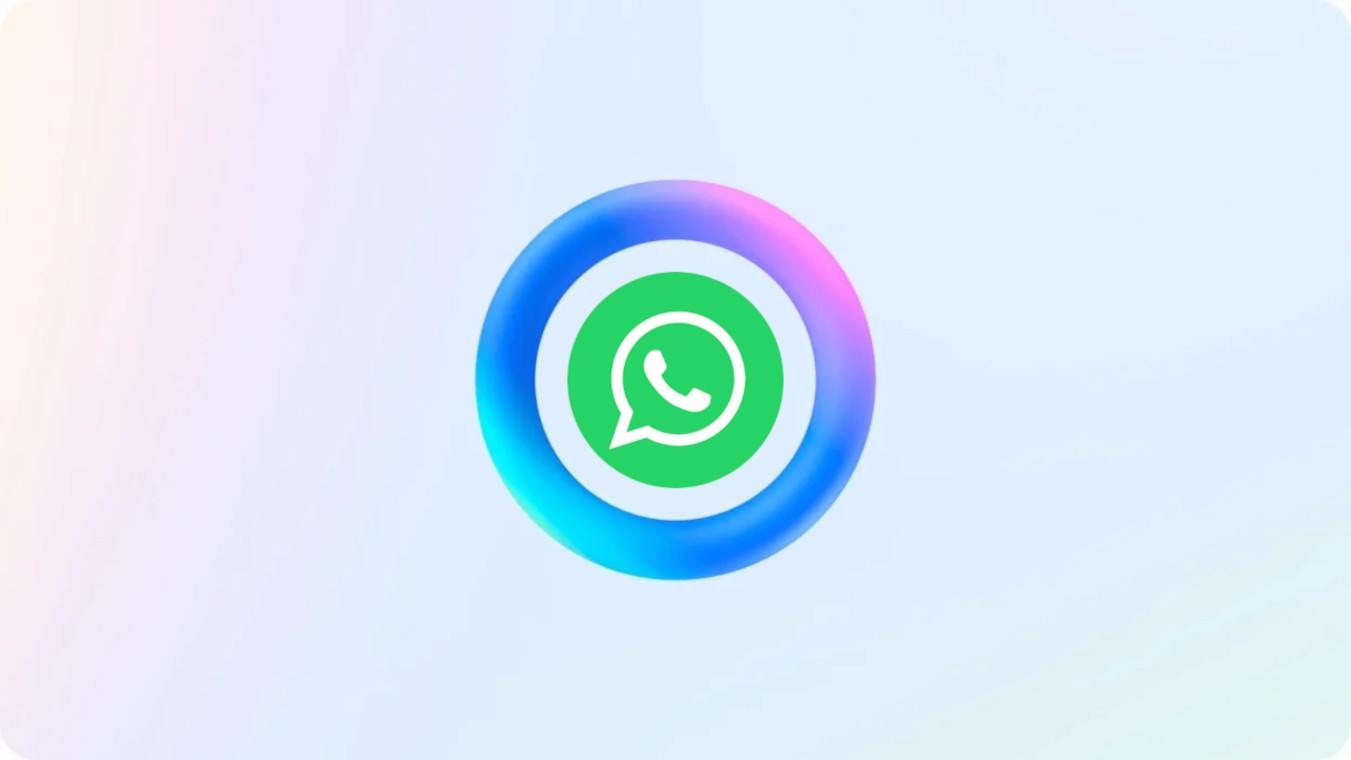
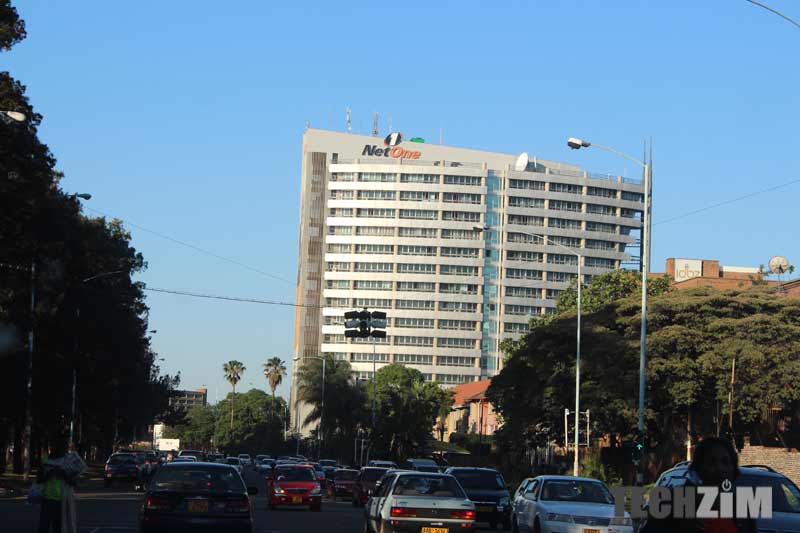

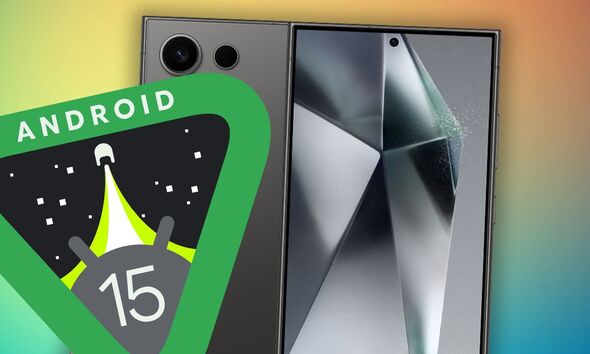

Comments
91 responses
If the router is built in, it means that it is not suitable for long periods in the sun? The sun here especially in 45C heat is going to cook the router in time.
How do you use an external wifi extender?
I’m concerned about the built in router with the direct sun.
Haaaaa I am sure that the engineering in place takes into account hash weather conditions
I’m sure the engineers had that concern too and probably solved it already
Munoisawo pane mumvuri ka nhy. Besides chikafa kungotenga kamwe icho choenda ku roots
Ukaisa pamumvuri speed yako inodzikira coz panenge patova ne obstruction ka
Munoisawo pane mumvuri ka nhy, moda kuudzirwa zvese sure. Besides chikafa kungotenga kamwe icho choenda ku roots
Musade kunyebedzera kugaya stereki. Mumvuri up? These things need a direct line to the satellite without obstruction.
pamumvuri hapaite. needs direct line ku space
I want to have star link zvisingaiti
Don’t worry. The device is designed for external use and withstand harsh weather ie, sun, rain and snow. It even has heating and cooling devices inside it.
Hi thank you ,this is more informative.
Would you share more info on the standard kit. Can one use it from a different registered location around Zimbabwe.
Im happy to read that you’ve found value in this post please consider sharing it with friends and family who may need to know this too.
On the Standard kit it depends.
The ability to use the device whilst in motion is a feature of the Regional Roaming package (Standard mobile plan) and it allows you not only to travel around the country but also anywhere on the continent.
If one is either on the Residential or Residential Lite plan, you can not use the device more than about 5km away from the registered address, however, what you can do is that you can change the service address of the kit prior to you getting there.
So, if you are Harare based, and travelling to Gokwe for the week, you can change service address to Gokwe and when you get there it will start working.
I’m yet to figure out how often you can change the service address, is it unlimited or do they limit you to a certain amount of times per day/week/month?
Thank you so much William. I guess some of the answers can be found when u are now using the kit and after trying
Call me a pessimist….it’s all sounding a little bit too good to be true – there’s no such thing as a free lunch and we all know how things can change here…. There ‘must’ be something we’re missing in the equation?
What missing is that no one has had hands on experience in Zim
So we will have to wait until those that preordered get the product and test for us then we jump into the band wagon
For Zimbabwe, the MINI Hardware is not available under the Residential Plan, hence the $30 per month Subs option is not available. Our lowest level currently for Zimbabwe is the Standard Plan @ $373 for Hardware inclusive of shipping by DHL and subsequently $50 Subs monthly.
This isn’t correct. I ordered mini last week and had the option to choose the $30 plan.
Can you move with this kit or it’s geo locked i think more needs to be explained
In my opinion i dont think u can its not built with that use but he wants to introduce a phone that can function on the go , this has to be stationary but easly to travel with
Looks like a good offer
It’s funny how you all complain about your girlfriends cheating on you, yet you’re doing the same thing when it comes to technology. How many routers have you tried? How many service providers have you switched to? Now you know why your girlfriend is cheating on you.😂😂😂
Techzim, may you please share tabulated data showing the differences in these plans? Say Mini, Residential, Residential Lite etc Speeds, Data Caps(if any). It’s really hard to decide on the many options available. One can end up getting the cheapest option yet it may not be the best for their needs.
This is certainly an improvement on the current offerings.I believe in Zim families will go for yhe Mini which is affordsble.zI belive Zthe kit for the Mini should be reduced to about US100/150 with monthly rentals at USD 40/50.The numbers will make it a profitable proposition
Makuda kuva chajira manje. MaZimba sooo…..
😲 😲 😳 😳
Very useful
unable to pick the $200 option,
This is due to there being congestion in your desired area where you’d like to use it. You have to change the address to a less congested one and you’ll be able to get a Mini.
This would mean that once you get the Mini you either have to use it at that address (you can change the address, but there no guarantee that service will be open at the address you’re at) or you’d have to go on to the Mobile Regional package (Standard mobile) and the Mini will work in your area, however, this costs $100/month to enjoy this
What speeds are econet smartbiz offering? – if that can be reliably depended on!
Econet Biz is a disaster. We have three prior modems and two recently purchased cellphones. Here in Kab they could not get it to work on any of the five options including there own previously purchased modems at over 100 usd each. We were advised after buying the simm card and one months bundle that we had to get the latest Econet modem to make it work. You might as well buty the star link mini. The modem in stock was 200 USD plus 75 for installation. We asked for a refund. We are still waiting. All devices were 4g compatible………. Even our humble intel as option six did not work. So either it’s a service problem or Econet Biz is compatible with far fewer devices than advertised. This took four thirty km round trips to establish and approximately six hrs of waiting to be attended to by the technician……. We are now looking at the star link mini.
Speed tested in KweKwe CBD this morning. $45 package. Econet shop. DL 28 MBPS UL 25 MBPS
I think I missed somewhere where the Roaming Price for this Mini Kit was explained
The Roam Plan Mini Hardware including Shipping is $373 and Monthly Subs start at $100 minimum.
In Zimbabwe the Mini doesn’t have its own dedicated Roam package, but there’s the Mobile Regional Roaming package (Standard Mobile) that costs $100/month
Hanziiko ne sta linkiiii
The starlink mini kits can no longer be ordered cause of congestion, and there is 15 min window to order the standard kit, it’s only been a few days, and this is already happening, my word….
The MINI Hardware is not available under the Residential Plan, hence the $30 per month Subs option is not available for Zimbabwe.
does the mini have an ethernet port as standard or as an option?
The MINI Hardware is not available under the Residential Plan, hence the $30 per month Subs option is not available for Zimbabwe.
Yes it does have an RJ45 port allowing external hardware to be connected
How many kits can one individual purchase?
On one account I think there limit you to 5, on separate accounts you’d have to be creative and depending on your creativity I think unlimited
😂😂😂
My payment is being declined, tried mastercard and visa card, it just says payment declined .. is there anyone expriencing the same
Yes. I tried o purchase the standard option and I got the following error:
‘Failed to complete your purchase. Please contact your bank to authorize payment, or use an alternative payment method.’
This is both on Visa and Mastercard.
i think you have insufficient funds in your card or you entering wrong information..for example there is a field where you are suppose to enter the expiry month and year of your visa card but some will enter this current
month and year
Thanks for the detailed article. However, please note that the Starlink MINI option is NOT available under the Residential Plan for Zimbabwe. Starlink Customer Support informed me that the MINI Hardware is only available under the Roam and Boats Plans currently which have a minimum monthly Subscription of $100.00.
Why was I able to buy the mini with my Zim address and the $30 service plan?
Saka kana Uchida kuenda nacho kumusha unoita sei.pane pasiri kundijekera is starlink geo locked kana kut chinoita seZol payayitanga isat yava geo locked
It’s geo-locked to location registered at time of Application.
When are you lunching in Uganda?
We are eagerly waiting
Techzim, does Starlink directly ship to your residential house or you pick at a courier service
The $23 “shipping and handling” fee that you pay ensures that it is delivered to your doorstep
How big an area does mini cover
Starlink state that the Mini has a Wi-Fi coverage area of 112sqm which means as far away as 6m.
Now that’s not far, though users have stated that they’ve experienced accessing as far as 30m away.
I think what Starlink do is under promise and over deliver on such features, so that you don’t fault them
Well explained 👏
How many phones or gadgets can a star link connect at a moment
It can connect over 100 devices, however, this will drastically slow down your service. It is recommended to connect 10-20 in order to get best of service
Does it have an ethernet connection? For instance if i want to connect a network switch?
Yes it does
Say I stay in Chitungwiza can I use my starlink in mabvuku
This feature is not determined by your hardware but by the package you’d be on.
If on a fixed package, then this means you’ll use your kit at its service address, or 5km away from that address.
In order to use a fixed package that has its service address in Chitungwiza, you’d have to change the service address to Mabvuku in your account and the device will work there. There is no extra charge for this, however, the area you are moving your service address to must not be congested.
What I’m not yet sure of is how often you can do this? 5 times a day? Once a month? I’m not sure, once I get a locally registered kitill answer such questions.
The other way is for you to subscribe to the Mobile Regional Roaming package that allows you to not only move from Chitungwiza to Mabvuku without changing your address, but it also will work when you are driving between those 2 points
Can someone in the USA buy and ship it to Zimbabwe?
Yes, but it will be expensive. See https://www.techzim.co.zw/2024/09/buying-starlink-when-it-launches-in-zimbabwe-is-cheaper-than-importing/
What happens if the hardware is stolen? Zvatovharana?
Unfortunately you will be at a loss, however, the person who now has it can’t do anything with it if you remove your bank card from it.
The internet provider seems to provide an effective and efficient
I am on the starlink website, the mini option won’t select when placing an order. Does this mean it’s not yet available in Zimbabwe?
When the Mini is not selectable in your area, it means that your area is congested and Starlink won’t supply such a kit there.
You’d either have to wait until it’s available or you can buy it in a less congested area and upgrade it to the Mobile Regional Roaming package, that will now work in your area.
Only problem is that this costs $100/month
Awesome
In case of those who use solar batteries, what size and voltage is suitable for the mini?
Chine limit here yemaUsers per rooter
They state 100+ but realistically I’d say you’d want to do about 20-30 maximum
Any chance that Starlink will franchise part of their services?
Yes, they kinda do, under what they call Authorised Resellers. You can read online what it takes to become an authorized reseller in your country.
Note that Starlink need to be live in your country in order for them to engage you to be a Reseller
I like starlink you did e very good thing i rart you 100%+
That’s excellent innovation, bringing the world in your fingers.
Awesome will try it
Based on explanation given above Starlink Mini sounds quite appealing, especially in my situation.
What is its working radius for the usd30 package
I have 2 questions
1. Has anyone received an email from Starlink that their Orders Are on the way to Zimbabwe, bcz I placed mine on 12 / 09 /2024 on my account it’s still saying not yet shipped.
2. I used my fathers home address to buy it bcz wr I stay there are no address but I ordered gen 3 the standard one ,so will I be able to use it without changing the address? I stay in Domboshava and I registered it in Crohill near Borrodale brook
I ordered on the 7th and am tracking package now in Dubai.
U ordered on the 7th and when did they started to ship it
wat about security matters, data protection snd privatisation???
How do l purchase star link
How are you team Starlink. Oh great job and good news for us as Zimbabweans. Are u not willing to offer again Sim cards which do all in one the likes of making calls sms and data too.
Techzim team you are amazing. Very informative.
Thank you
Can a single mini unit be used for several households? If yes, what will be area or distance of coverage?
Suppose i buy a mini kit using an address in greencroft. Will i be able to get connection if i travel/visit a different surburb say 20km away from my greencroft location. Or the mini just connects within a certain radius from my location
How many devices can a MINI run simultaneously?
There’s a package called Roam Unlimited costing $100 per month. It works anywhere in Zimbabwe and it also works in motion up to 160kmph. I actived mine to that package yesterday when I wasn’t able to change service address due to capacity issues in Harare.
hi
please eleborate for me, does this mean I can travel around with a mini kit all over the country and still get connection